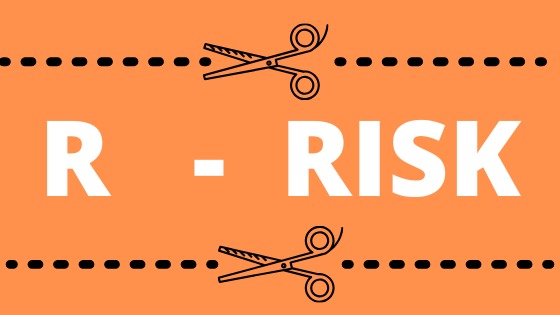Triad’s Rapid Implementation Methodology for Sage X3
TRIM – R for Risk
On paper it looks great – an average ERP implementation gives a 100% IRR for a 100 M AED company (Comment if you would like to see our calculator) But the risk of failure in ERP implementations is universally acknowledged – google this and you will get 5 million results.
In the buying process, the customer has a fair understanding of the features of a solution and takes every effort to exercise due diligence in the evaluation. But he does not know exactly how they will work with the new solution at a tactical process level for the various scenarios at the time of signing the contract with their preferred vendor. It is the elephant in the room that needs to be acknowledged. Sure there are plenty of blogs and opinions and free advice on how to go about choosing your ERP or how to mitigate risk. But projects fail after ticking all the boxes and with the best of resources.
We believe that a significant reason for this is on account of the emphasis on product features. The standard product brochures and solution capability documents focus on features. Scenarios are discussed in a demo – but quite often discoveries are made much later in the project discovery stage.
A feature could affect many different scenarios and we can go n levels deep. For instance “Multiple Price lists” is a feature. But this feature throws the following scenarios in SO creation
- Could I have multiple price-lists for the same customer?
- Can these be manually chosen in a sales order?
- Can each line link to a different price list for a given customer in the same sales order?
- If discounts are given on this pricelist can I ensure that there is a minimum threshold margin above the COGS
- Is this an exception or the rule?
So that little tick on a product feature explodes and reveals very many scenarios that are waiting to be discovered halfway through the project by which time sufficient time and money has been invested.
We looked critically at this challenge and asked ourselves a simple question. What if we invested our effort and the collective knowledge of a vertical to document the standard solution which would cover 70 to 90% of a typical customer’s requirement. We have taken up the FMCG Distribution as the first vertical. This methodology is labeled TRIM – Triad’s Rapid Implementation Methodology
Benefit 1: Clear understanding of deliverables BEFORE contract signature
TRIM strives to contain the risk of project delivery by documenting a library of common scenarios – not just features into a Discovery Document so that this becomes a part of the initial proposal and demos are structured with Use Cases that are drawn from this document.
This is then included in the proposal. So the risk of engagement is considerably reduced as the deliverables are clearly stated in the proposal and understood by the buying team before a decision is made and the contract is inked.
Benefit 2: Spending time where it matters
We have integrated and provided a baseline to start with for the CPG/FMCG vertical. We fully acknowledge that your business needs could be different and this delta is what is differentiating you in the market. But this comes back to the 80:20 Pareto Principle. Why waste your time understanding the standard common requirements of the CPG vertical. Let’s consolidate and preconfigure this. Let us spend time where it matters – in the 20% that is uniquely your requirements
Risk of rework is thus considerably reduced and the risk of project delays significantly contained on this account
Benefit 3 Consistent User Experience
In the traditional approach, the quality of engagement and profile of the team members in the Discovery session is key to ensuring the quality of coverage in the Business Requirements Document.
With TRIM the process of Business Discovery is less dependant on the experience/knowledge profile of the customer-facing consultant. The quality of deliverables is higher and the user experience is consistent across projects. Also, changes to key team members will not require additional time spent in the very same engagement as the deliverables are already noted in the BRD. The dependence on the People factor is removed
Overall TRIM reduces the Risk of Engagement – the R Factor even as it contains time spent on the project and provides a consistent user experience.

